4 Categories of In-App Experiences That Drive Monetization

Michael Lavoie Chief Solutions Officer
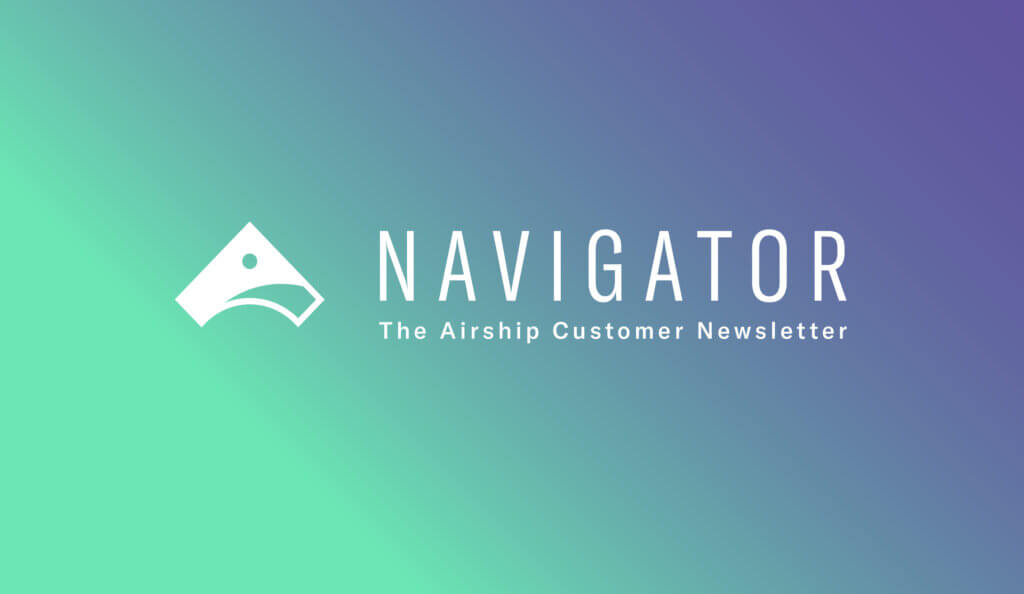
Share to my network
In this article
Categories
Book a meeting
Connect with our team of experts to discuss your conversion and loyalty goals, and how we can help you achieve them faster.
Get a demoMobile apps have become the place consumers turn first when interacting with brands. Improved opt-in rates enable more push notifications, which result in more traffic to apps. Airship’s Engagement Score, which tracks the frequency of app visits, shows that the average Engagement Score is increasing.
However, having more app visitors doesn’t necessarily translate into more conversions and revenue. If you don’t grab customers’ attention and guide them to high-value actions once they’re in the app, you leave it to chance that they’ll realize the full benefit of your app and take high value actions.
That’s where in-app experiences come in. In-app experiences are single or multiple screens which can be displayed in different formats that guide customers to desired endpoints — thereby enhancing your app’s value.
Airship research has shown a 31% lift in the Engagement Score
when push notifications are paired with in-app experiences.
Pairing app experiences with push, SMS and email to drive traffic creates a more complete, contextual and curated experience for your customers.
Here, I’ll explain the importance of data for experience personalization and then describe four categories of experiences you can include in your repertoire.
Data Collection Fuels Personalization and Context
We know customers expect and respond better to personalized brand experiences. Those experiences anticipate customers’ needs and demonstrate that brands are listening. However, most organizations rely too heavily on third-party and first-party data to create the types of experiences customers crave. Don’t get me wrong, first-party data is a crucial tool for segmentation and personalization. It’s easier to collect but still represents past activities and inferred insights rather than explicit preferences and predictions. To truly understand your customers and present them with the types of curated experiences they will appreciate, you’ll need to collect zero-party data — data deliberately and willingly provided by the customer.
Collecting zero-party data is straightforward and can be incorporated as a natural extension of your in-app experiences. A preference center is a straightforward way to collect zero-party data. It’s often used to gather consent and data, including cross-channel opt-in, message topic and frequency, offering a great way to acquire insights into the content or promotions a customer is most interested in.
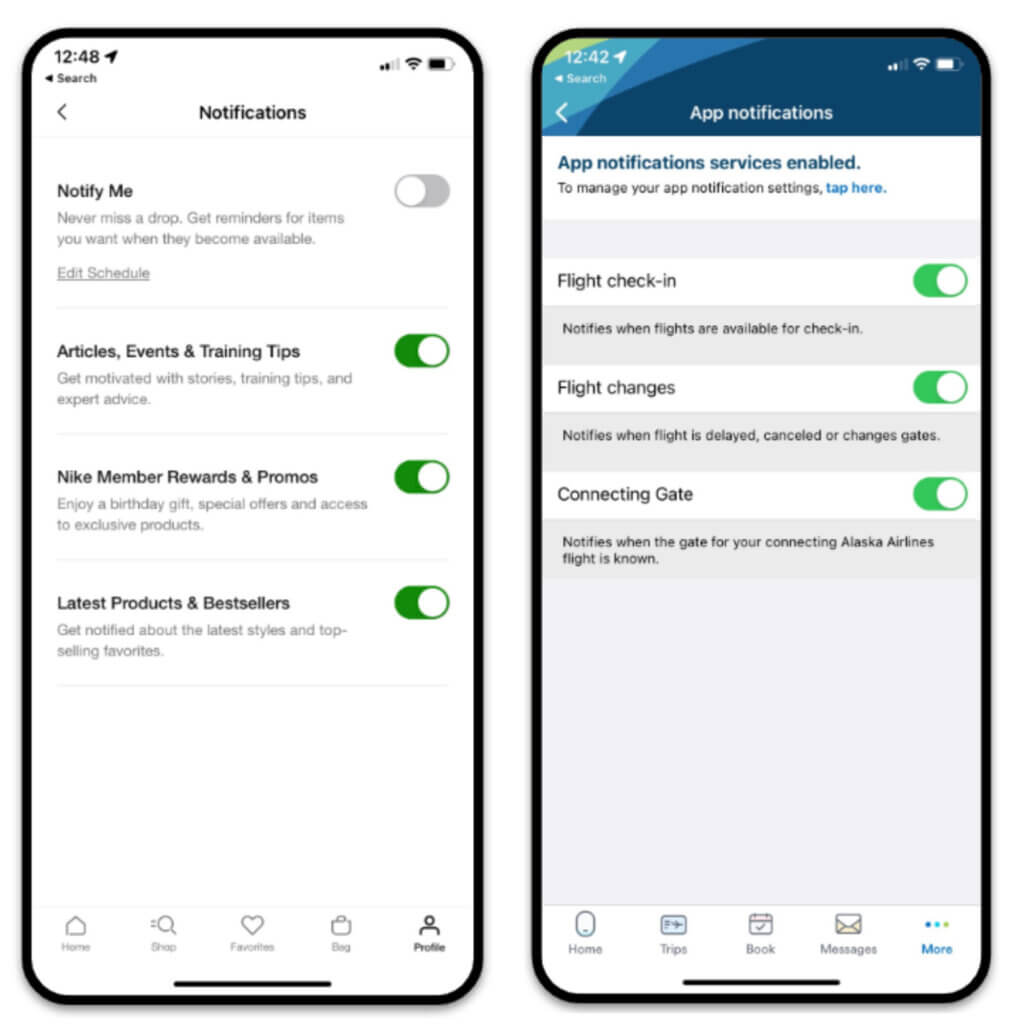
Additionally, you can integrate data collection into the experience flow by engaging the customer contextually. Many brands gamify data collection by tying it to a promotion or sequencing progressive collection over time in a challenge format.
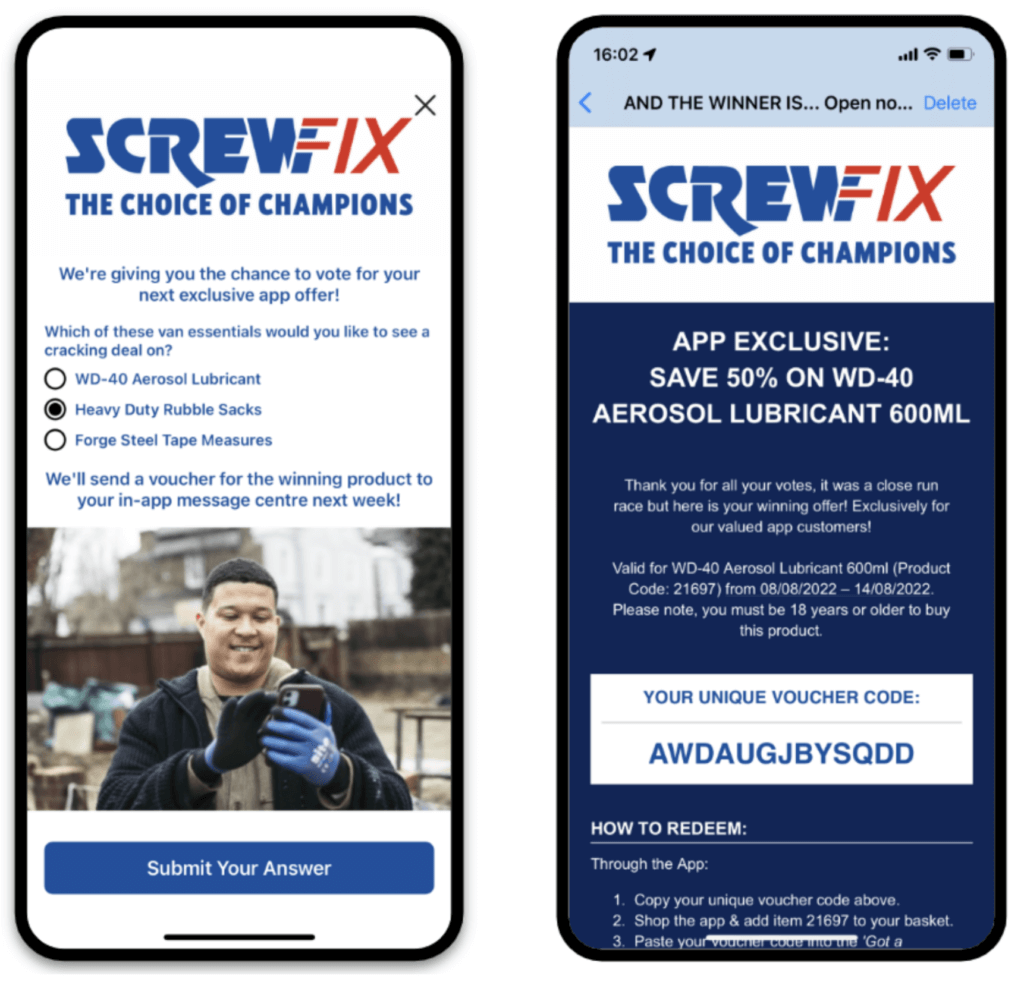
customer interests for a future promotion.
Zero-party data serves as fuel for personalizing and curating experiences, but you don’t need to rely exclusively on it. The best experiences balance first and zero-party data with the brand’s objectives for the ideal customer experience. Knowing when to trigger the experience and how to contextualize it for the customer are the keys to success — and for this, you need both kinds of data. For example, zero-party data would capture the customers’ specific interests, and therefore could influence their qualification for an offer or promotion. First-party data captures insights such as previous purchases, page views and product views and might influence when the customer is presented the offer or what variation they receive.
4 Categories of In-App Experiences
Experiences on mobile apps typically fall into one of four categories: educational, engagement, promotional and transactional.
Educational Experiences
Educational experiences are valuable tools for helping customers understand the benefits and value of your app, whether you focus on the app’s functionality or your product line and services. Education and orientation are critical during the activation phase of the customer journey as you work to explain the functionality of your app and the benefits of your offering to ensure new users understand the value of creating an account or the benefits of opting into messaging.
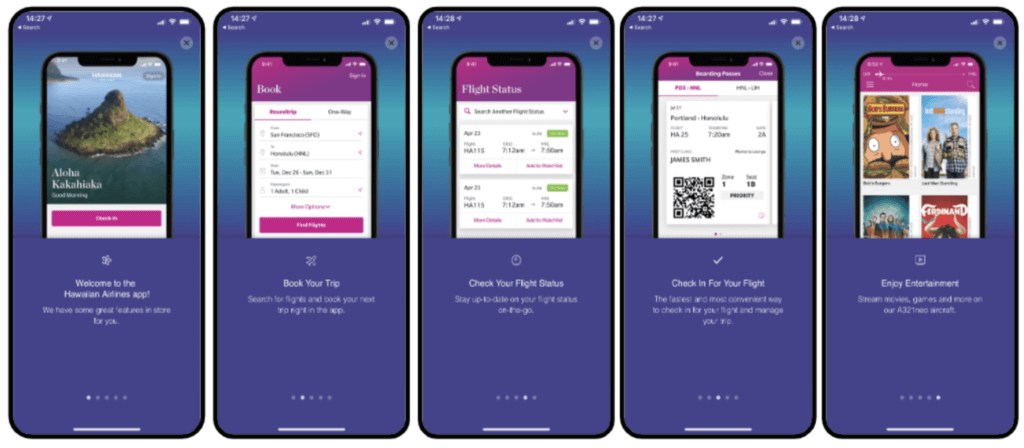
The need and opportunity to educate customers is ongoing throughout the lifecycle. As your products, packages, policies and features evolve, you can accelerate adoption by educating customers on the benefits of these changes or additions.
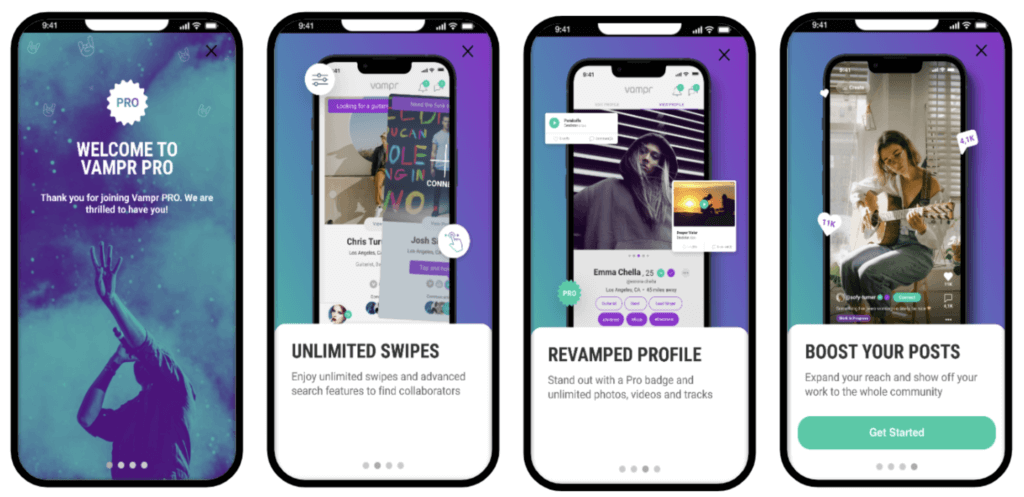
of their premium (paid) subscription — Vampr Pro.
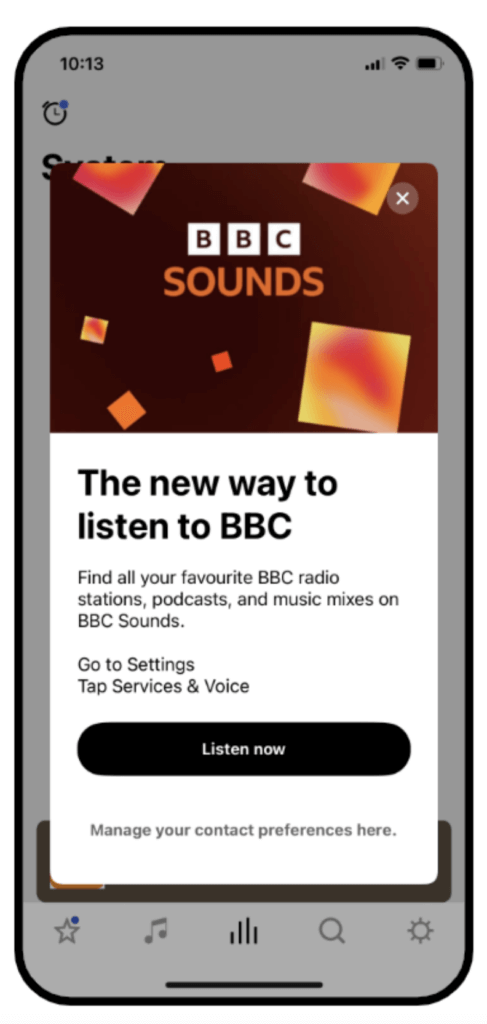
Engagement Experiences
An educated user will better understand the functionality of your app and product offerings, but understanding doesn’t always translate into higher engagement. Your mobile app is an extension of your brand and a critical hub for driving revenue — that’s why you invest to drive customers to it. But are you maximizing their engagement once they’re in the app?
App opens are an essential metric to track, but what you want from your customers are high-value actions — purchasing items, consuming content, viewing ads, sharing data, etc. Don’t leave high-value actions to chance when a customer is in your app.
Engagement experiences are the best way to ensure customers generate the outcomes you want. Whether it be stimulating more content consumption, reminding the customer about an item in their basket or gamifying their experience, engagement experiences will drive interactions on the app and lead to brand exposure, data exchange and monetization.
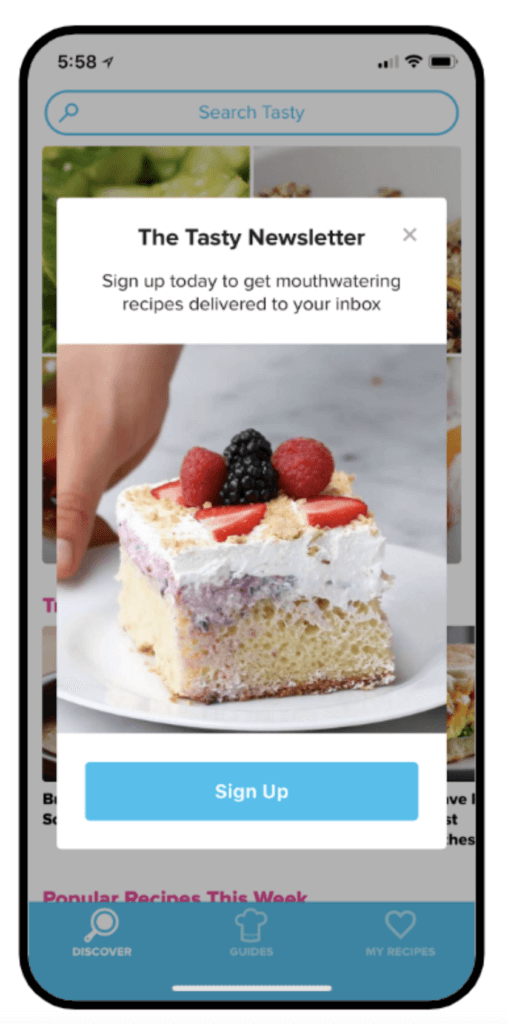
Promotional Experiences
Although your app provides many benefits to your business, monetization is the primary objective. Regardless of your monetization model — purchases, subscriptions, content consumption, upgrades or ad revenue — a promotional element is usually part of it.
Presenting users with promotional experiences while in the app and then providing them the path to take advantage of the promotions leads directly to greater revenue.
Some examples of promotional experiences are “Deal of the Day” or “Upgrade” offers, discounts, cross-sell messaging and product recommendations. The best time to present these offers is when the customer engages with your brand. It works like signage when a customer walks into a brick-and-mortar store, except in the app, you can target the promotion based on a profile or behavior and directly attribute conversions to the experience.
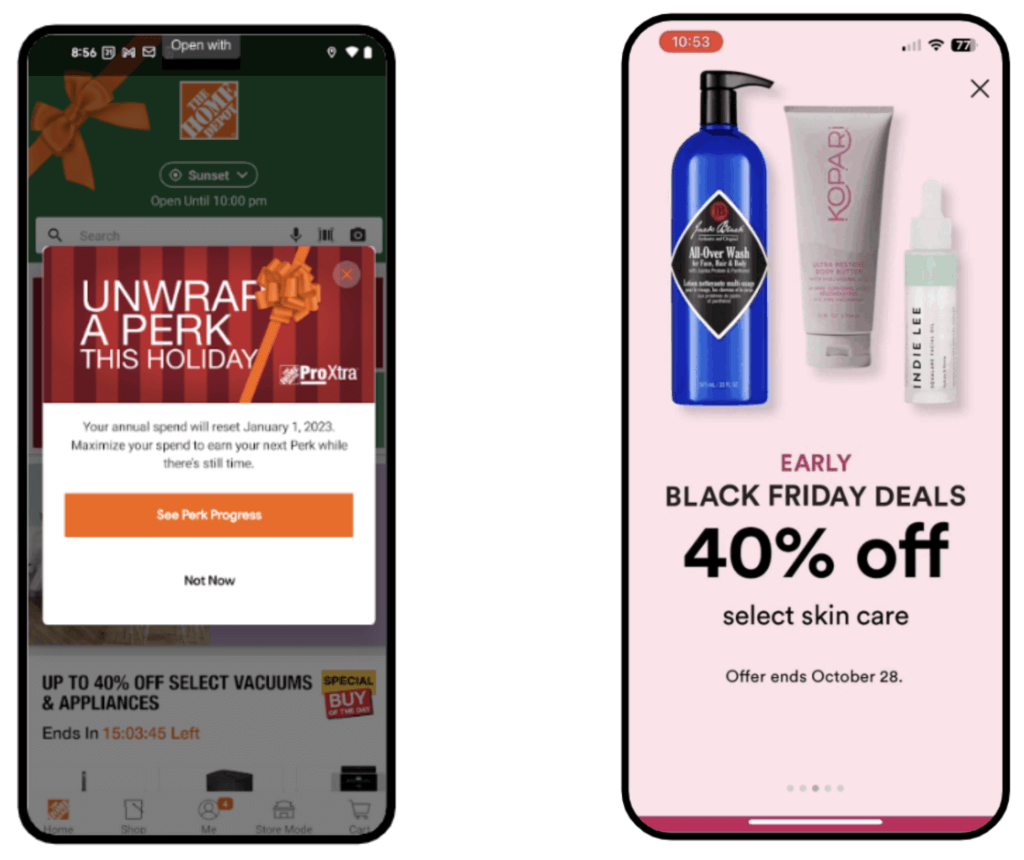
Transactional Experiences
Although less directly tied to monetization than engagement or promotional experiences, transactional experiences play an essential role in customer experience. Leveraging the opportunity to acknowledge a high-value action or a milestone can be re-affirming and reinforcing. These acknowledgments can be as simple as an order confirmation or award announcement, and depending on channel and consent can include cross-sell offers or solicit customer feedback.
They may not be as sexy as other in-app experiences, but don’t sleep on transactional experiences. Gartner states that transactional emails see open rates triple those of non-transactional emails, which means post-purchase they may be more effective in driving customers back to your app than marketing messages. Above all, transactional messages are opportunities to validate the relationship the customer has with your brand.
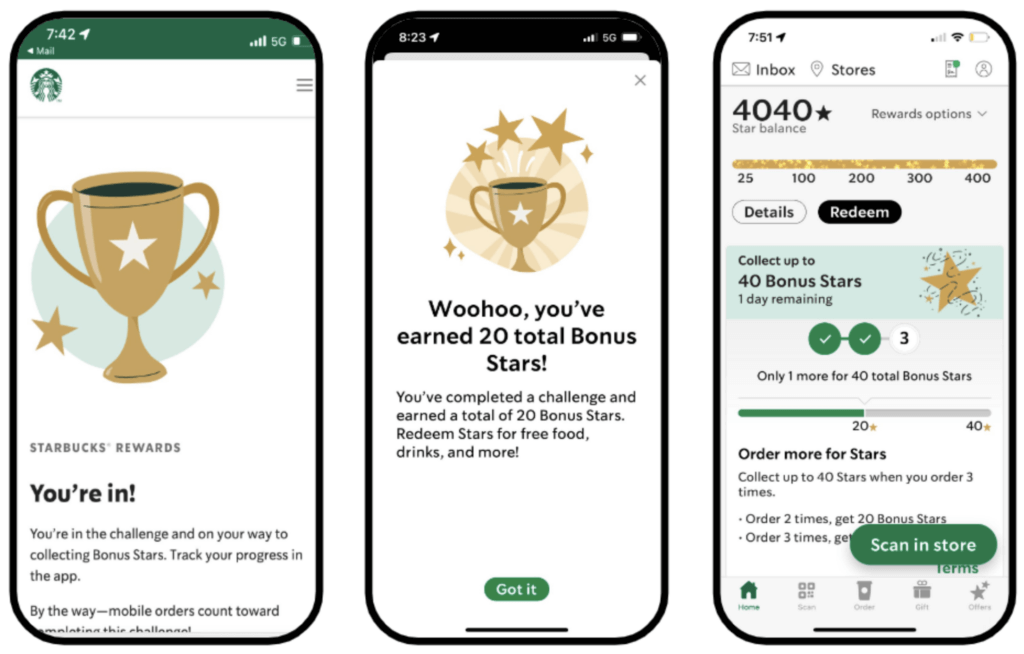
In-app experiences are the connective tissue of the mobile customer experience since they ensure the app visits you work so hard to create result in the high-value actions necessary to monetize your app. Don’t feel compelled to segregate experiences into categories. You can build immersive and contextual customer experiences by mixing categories together within journeys in response to customer behavior. Thanks to Airship’s Experience Editor, for the first time ever, you can do all this simply and easily in a no-code, drag-and-drop UI that doesn’t require a developer to create, deploy or adapt fully accessible, measurable and performant native app experiences.
If you want to learn more about Airship’s Experience Editor, contact your Account Manager or click here to be contacted.
Navigator is Airship’s customer newsletter covering the latest mobile industry trends, product updates, use cases, best practices and other learning resources. It’s yet another way for us to help you deliver better mobile experiences and create greater value more quickly. If you’d like to receive our monthly Navigator newsletter please sign up here.